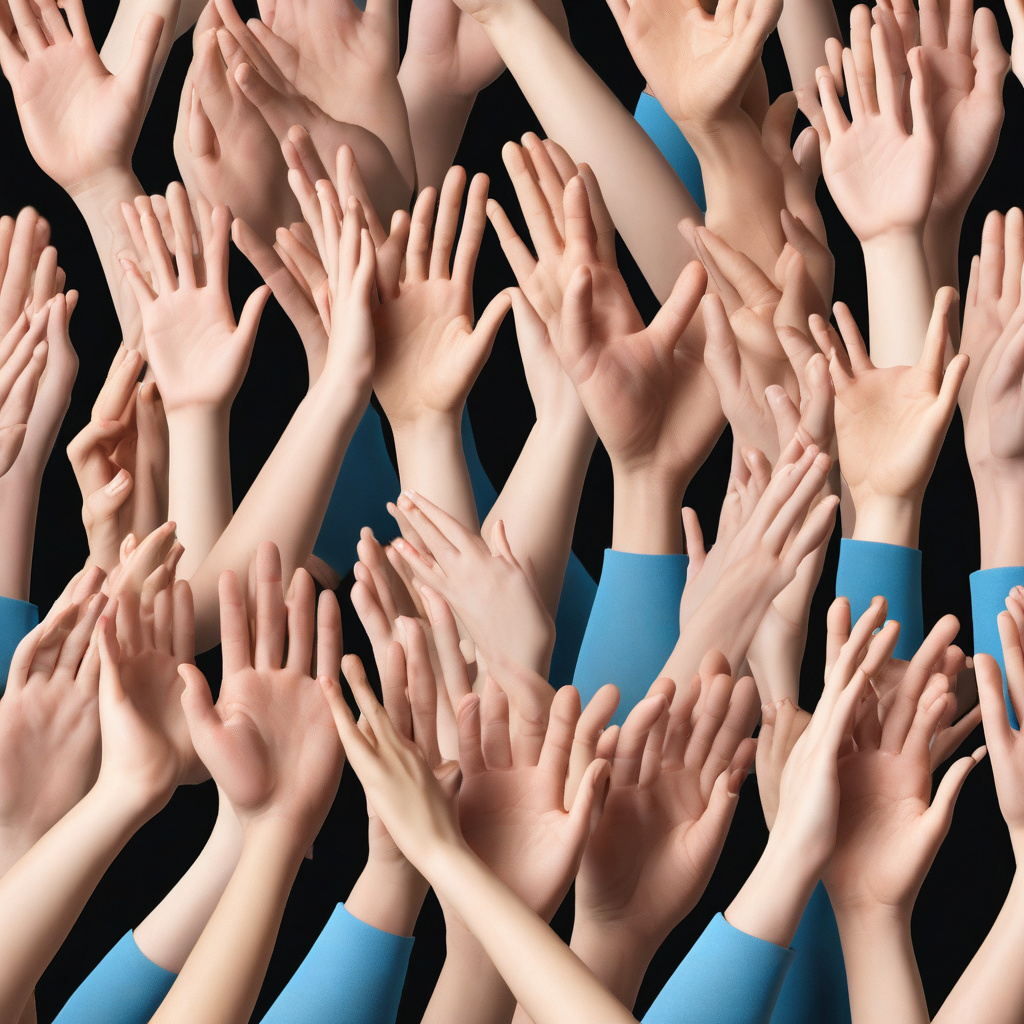Have you ever noticed how the way you clap your hands can affect the sound it produces? It turns out that the configuration of your hands plays a crucial role in the sound of clapping. When you clap your hands faster, you generate lower-frequency sounds. This is because the speed at which your hands come together impacts the vibration frequency produced.
Moreover, cupping your hands while clapping can also alter the sound. By creating a cavity between your hands, you change the way sound waves travel and interact, resulting in a lower-frequency sound. This technique is often used by musicians to achieve a deeper and more resonant clap during performances.
Next time you find yourself clapping along to a beat, pay attention to the speed and shape of your claps. Experiment with different hand configurations to see how they influence the sound you create. It’s a simple yet fascinating way to explore the science of acoustics in everyday activities.

